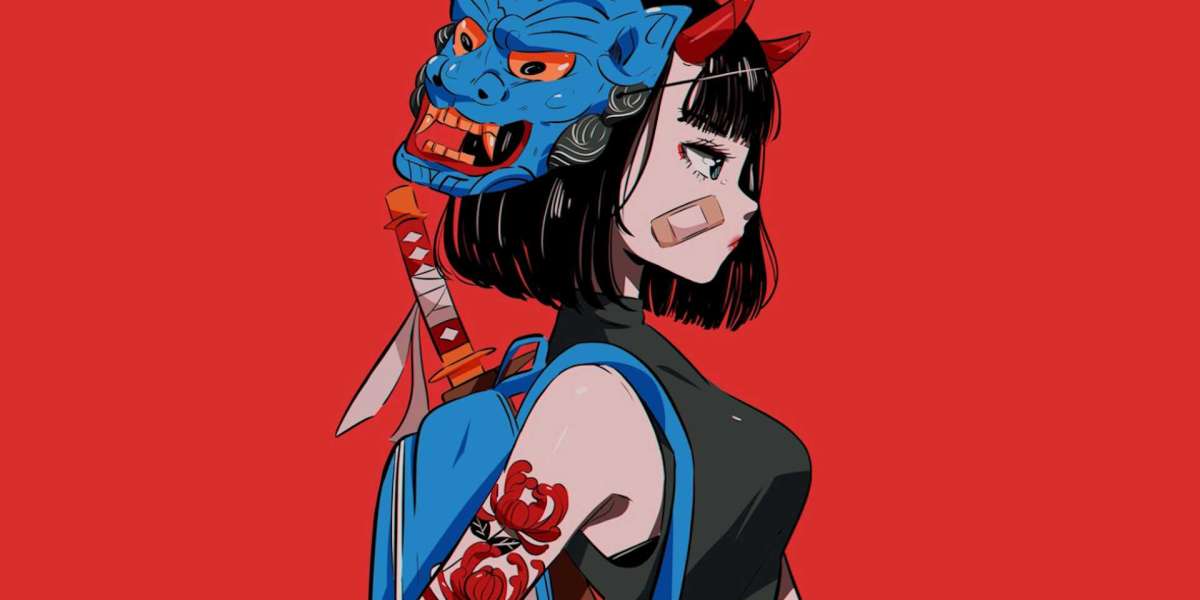Introduction
If you've ever spent hours perfecting a design only to hit a wall when your embroidery machine won't recognize the file, you know the pain of format frustration. PES files (Brother's proprietary format) dominate the embroidery world, but what happens when you need to convert to or from other formats like DST, EXP, or JEF? That's where a reliable PES file converter becomes your secret weapon.
The right converter can mean the difference between a smooth stitching process and wasted time, thread, and fabric. Whether you're a hobbyist working from home or a professional embroiderer handling client projects, having the best PES file converter in your toolkit solves one of embroidery's most common headaches.
In this comprehensive guide, we'll cover:
Why PES conversion matters for embroidery projects
The 5 best PES file converters for different needs and budgets
How to choose the right converter for your specific workflow
Common conversion pitfalls and how professional digitizers avoid them
Expert tips for flawless file transfers every time
Say goodbye to format headaches—let's find your perfect PES file conversion solution and get back to what really matters: creating beautiful embroidery.
Why PES Conversion Matters
The Embroidery Format Landscape
Embroidery machines speak different "languages":
PES: Brother machines
DST: Tajima and industrial machines
EXP: Melco/Bernina machines
JEF: Janome machines
Without conversion, your design stays stuck on your computer instead of becoming a stitched masterpiece.
When You Need Conversion
✔ Switching between machine brands
✔ Sharing designs with clients/teammates
✔ Using third-party design libraries
✔ Editing designs in different software
What Makes a Good Converter
Accuracy: Maintains stitch integrity
Speed: Handles files quickly
Versatility: Works with multiple formats
User-friendly: Simple interface
5 Best PES Converters for Any Need
1. Wilcom TrueSizer (Best All-Around)
Pros: Free version available, maintains stitch quality, batch conversion
Cons: Advanced features require paid upgrade
Best for: Hobbyists to professionals
Price: Free/$150+ for premium
2. BuzzTools StitchArtist (Best for Designers)
Pros: Edit while converting, color adjustment tools
Cons: Steeper learning curve
Best for: Digitizers who need editing capabilities
Price: $199
3. My Editor (Best Budget Option)
Pros: Affordable, simple interface
Cons: Limited format support
Best for: Occasional home users
Price: $39
4. EmbroideryWare (Best for Businesses)
Pros: Cloud-based, team collaboration features
Cons: Subscription model
Best for: Studios with multiple users
Price: $29/month
5. Ink/Stitch (Best Free Option)
Pros: Open-source, integrates with Inkscape
Cons: Requires technical know-how
Best for: DIY enthusiasts comfortable with tech
Price: Free
How to Choose Your PES Converter
Consider Your Needs
Frequency: Daily use warrants investment in premium tools
Complexity: Detailed designs need robust conversion
Collaboration: Teams benefit from cloud solutions
Key Features to Look For
Batch processing for multiple files
Stitch preview to check accuracy
Metadata preservation (thread colors, stitch counts)
Output customization (size adjustments, rotation)
Avoid These Common Mistakes
✖ Assuming all converters handle all formats
✖ Ignoring stitch count changes during conversion
✖ Forgetting to test converted files before stitching
Expert Conversion Tips
Before You Convert
Clean your design - Remove unnecessary objects
Note original dimensions - Prevent resizing issues
Save a backup - Keep your source file safe
During Conversion
Check stitch density - Some converters alter this
Verify color sequence - Some machines read colors differently
Monitor file size - Large files may need optimization
After Conversion
✔ Always test stitch on scrap fabric
✔ Compare stitch counts between original and converted files
✔ Document your successful conversion settings
Troubleshooting Common Conversion Issues
Problem: Design Distortion
Solution: Check aspect ratio settings before converting
Problem: Missing Stitches
Solution: Try a different converter or adjust stitch density
Problem: Color Changes
Solution: Manually re-map thread colors post-conversion
Problem: Unsupported Format
Solution: Convert to an intermediate format first (like DST)
Conclusion
The right PES converter removes one of the biggest headaches in embroidery—file compatibility. Whether you choose the free Ink/Stitch for occasional projects or invest in Wilcom TrueSizer for professional work, proper conversion tools keep your designs stitching perfectly across any machine.
Key Takeaways:
✔ Match your converter to your project frequency and complexity
✔ Always test converted files before final stitching
✔ Free options work for basic needs, but pros need robust solutions
✔ Document successful conversions for future reference
With these tools and tips, you can finally spend less time wrestling with files and more time creating beautiful embroidery. Happy stitching!
Final Tip: Bookmark this guide—you'll want it next time you encounter a stubborn file format!






